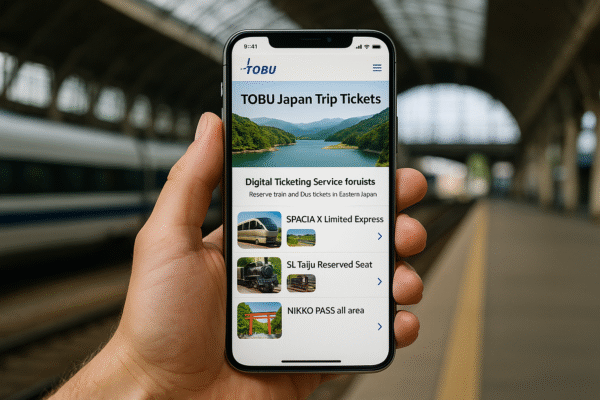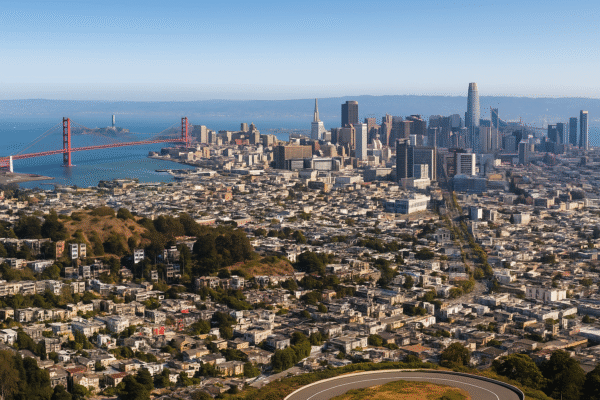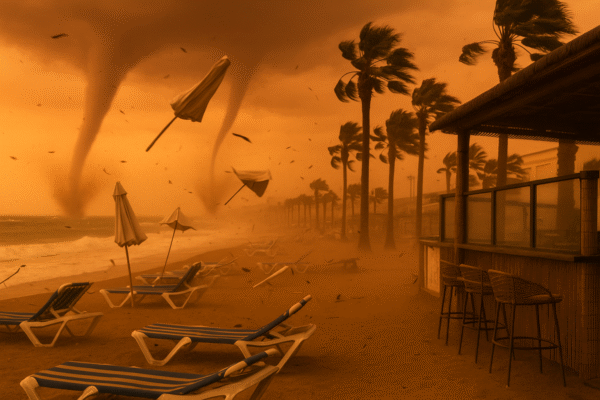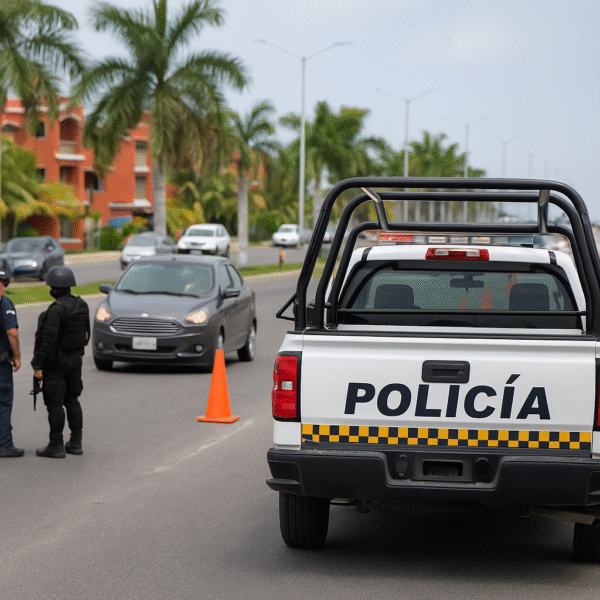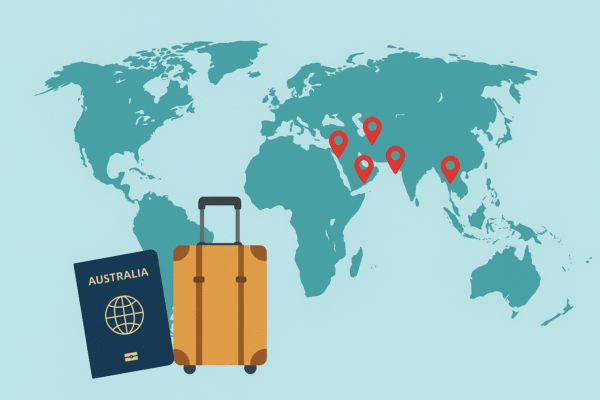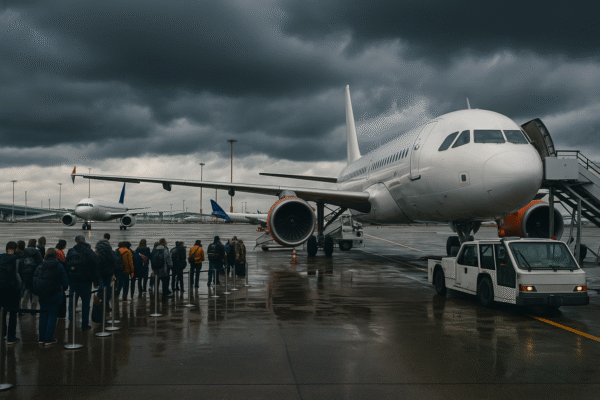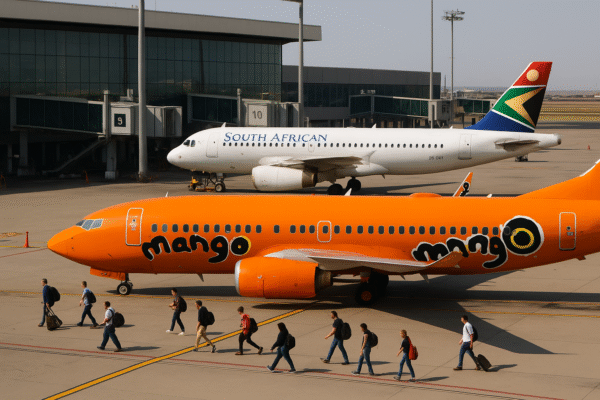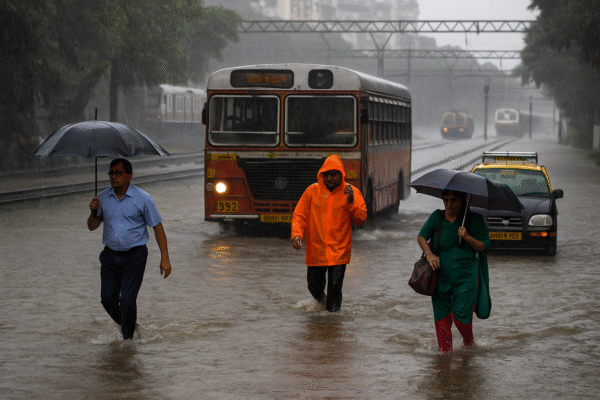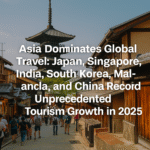Mumbai, often dubbed the “City of Dreams,” is facing one of its wettest Augusts in five years, with 837 mm of rainfall recorded in just five days. From widespread flooding to massive power outages, the city is battling disruptions that have deeply impacted air, rail, and road networks. For the travel industry, the ripple effects are significant, given Mumbai’s critical role as a business, entertainment, and tourism powerhouse.
Mumbai: A City of Global Significance
Mumbai is more than just a metropolitan hub. It is India’s financial capital, home to the Reserve Bank of India (RBI), the Bombay Stock Exchange (BSE), and the corporate headquarters of numerous multinational companies. Daily, thousands of domestic and international business travelers pass through Chhatrapati Shivaji Maharaj International Airport, connecting Mumbai to global financial centers like London, New York, Dubai, and Singapore.
In addition to commerce, Mumbai is also the epicenter of the Indian film industry—Bollywood, producing hundreds of films annually and drawing talent, investors, and tourists from across the world. The city is a magnet for entertainment professionals, fans, and film-related events, making uninterrupted transport essential. Add to this its vibrant mix of historic attractions, luxury hotels, and vibrant nightlife, and Mumbai’s importance as both a business and leisure destination is undeniable.
When heavy monsoon rains bring the city to a halt, the economic and cultural fallout reaches far beyond the city limits, affecting industries, stakeholders, and travelers globally.
Air Travel: Disruptions and Diversions
Mumbai’s airport, one of the busiest in Asia, has borne the brunt of the torrential rains. Heavy downpours led to flight delays, diversions, and extended holding patterns, with airlines such as IndiGo, Air India, and Akasa Air issuing travel advisories to passengers. In several instances, international flights were rerouted to alternate airports like Ahmedabad and Hyderabad, causing cascading delays throughout India’s air network.
For the business community, these disruptions mean missed meetings, delayed shipments, and interrupted schedules. Bollywood productions and film shoots have also been delayed, with teams stranded or unable to fly in key talent and technical staff.
Railways and Metro Transit: A Lifeline Under Strain
Mumbai’s suburban rail network—used by over 7.5 million passengers daily—has been severely disrupted. Sections of the Western, Central, and Harbour lines were submerged, resulting in delayed or canceled trains and overcrowded platforms. Long-distance trains connecting Mumbai to other Indian metros faced delays stretching up to 15 hours.
For commuters, especially those traveling between the central business districts like Nariman Point, Bandra-Kurla Complex (BKC), and Lower Parel, these disruptions have caused significant loss of productivity. Bollywood studios in Andheri and Film City have been particularly impacted, with cast and crew unable to reach locations on time, delaying high-budget projects.
Roads and Urban Mobility: Gridlock Across the City
Key arterial roads such as the Eastern and Western Express Highways, the Bandra-Worli Sea Link, and several underpasses have been inundated with waist-deep water. These conditions have resulted in massive traffic snarls and breakdowns. Ride-hailing services like Uber and Ola surged their prices while many drivers suspended operations entirely.
For tourists, including those arriving to experience Mumbai’s rich heritage—from the Gateway of India to Marine Drive and Colaba Causeway—the rains have brought travel plans to a halt, affecting both inbound tourism and local businesses catering to visitors.
Utilities, Power Cuts, and Wider Infrastructure Strain
The record-breaking rainfall has also triggered localized flooding of the Mithi River, leading to the evacuation of hundreds of residents from low-lying areas. Multiple suburbs experienced power outages, affecting not only residential zones but also commercial hubs and co-working spaces, disrupting both small businesses and large corporate operations.
Travel Industry Implications
1. Airlines and Airports
- Increased operational costs due to diversions and re-routings
- Reputational risk as passenger dissatisfaction rises
- Pressure to improve contingency planning during monsoon months
2. Railways and Metro Systems
- Need for real-time communication systems to update passengers
- Infrastructure upgrades to prevent waterlogging on critical tracks
- Safety drills for managing crowds during extended delays
3. Hospitality and Tourism
- Hotels experiencing cancellations from both business and leisure travelers
- Disruption of film tourism itineraries tied to Bollywood studios and events
- Impact on seasonal tours, particularly monsoon cruises and city excursions
Economic and Cultural Repercussions
The city’s financial status amplifies the consequences of every disruption. From banking transactions to stock market operations, Mumbai’s role as India’s financial engine means delays ripple through national and global markets. Bollywood, a multi-billion-dollar industry, faces shooting delays that could affect release schedules and associated revenues.
For multinational companies with regional headquarters in Mumbai, prolonged transport disruptions also threaten supply chain efficiency, client meetings, and corporate events, adding layers of complexity to ongoing operations.
The Road Ahead
Experts suggest that Mumbai must accelerate flood-mitigation measures such as stormwater drainage upgrades, improved forecasting systems, and better integration between civic agencies and the transport sector. Airlines and rail operators are expected to roll out enhanced passenger support measures, including mobile alerts and flexible rebooking policies.
Conclusion
Mumbai’s latest bout of record-breaking monsoon rains is a stark reminder of the city’s dual identity—a thriving global hub vulnerable to climate-related disruptions. As the city grapples with restoring normalcy, industries from aviation to railways and hospitality must adapt quickly, ensuring resilience in one of the world’s most dynamic urban landscapes.
Read more travel alerts, stay safe.

